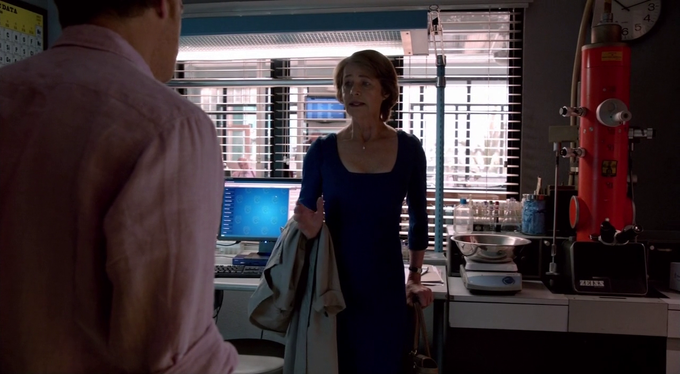My research background includes work on a fairly wide variety of projects that span several scientific and engineering areas. Additionally, I've worked in experimental, theoretical, and computational capacities.
One of several useful remarks my doctoral advisor made quite often was that "anyone can be a good physicist. But a great physicist must be both a theoretician and an experimentalist." In this context, he would also often lament that many scientists today are "just calculators" and "beat their chests like they're the best scientists in the world." These were the sort of remarks he often made as a very reputable scientist and engineer well-revered by many. My take-away message from these remarks, as I often applied his perspectives to my work, was to always seek to understand and work constructively to do something better. If this means performing an experiment to test a theoretical framework you developed, then do the experiments or perform some numerical calculations to substantiate things. Be a scientist first. Be an experimentalist or theoretician or computational scientist last.
Having reflected briefly on these things, let's jump into some quick remarks about the research work I've done over the years.
As an undergraduate physics student at Illinois Institute of Technology (IIT) in Chicago, I was mostly drawn toward solid state or device physics. The many possible ways in which materials interact with electric fields, electrons, and photons was intriguing. At the time most undergraduates were given very few if any opportunities to engage in research work. This was probably for the better in my case since I was living a sort of double life as a student: working for a living in the Department of Humanities while studying for exams in science courses. This double life was also a saving grace since I learned about people, particularly those of us who become scientists and engineers, much more than I think I ever would have. I'll save that for another page on my website.
The first research project I worked on involved Schottky barrier diodes as solar cells. As I recall, we had some small donation of money from Motorola at the time that we could draw upon to purchase some silicon wafers and other materials to fabricate a few test samples. I think there were four or five of us students working on this project, and we seemed to be driven by the prospect of having a paper published based on our work. That paper didn't materialize, and I have a very sparse set of files from that work in my archives. This was the very end of my undergraduate career after all, and I was more worried about the day on the calendar as graduation approached than any research results.
In my first year of graduate school at Kent State University, I slowly walked into a personal interest with liquid crystal technologies. At the time, and perhaps still true today, Kent State's Liquid Crystal Institute was the only institution of theoretical work in liquid crystals in the United States. Toward the end of my second semester and into the following summer I worked somewhat toward the development of code in LabVIEW to run a two-dimensional infrared spectroscopy setup for measurements on liquid crystals. In the area of liquid crystals I was extremely fascinated by the theoretical frameworks we studied concerning the physical properties of liquid crystal systems. I fondly recall becoming well-versed in performing advanced derivations involving hyperbolic trigonometric functions and becoming a fan of many decades'-old papers on modeling of colloidal systems by Onsager. His papers are rich with mathematical detail -- so unlike most papers today.
My second year of grad school I woke up in Charlotte, NC, at UNC-Charlotte. As a physics masters student I was sucked into semiconductor fabrication research with a professor in the electrical engineering department because he aggressively advertised with flyers on many message boards in the hallways. While all my coursework in the physics department was in optics and electrooptics, my research work was done in the neighboring research building using molecular beam epitaxy (MBE) systems. As many of us students often remarked, I learned more about vacuum systems and related equipment than about the actual research work. Nonetheless, I studied highly p-doped silicon as-fabricated by a solid metal mediated epitaxy (SMME) process and prepared samples of the structures I fabricated using an argon ion mill, hand-polished samples with sandpaper, and characterized them with a transmission electron microscope (TEM).
 An interesting and fun coincidence, the big orange TEM that appears in the forensics lab on the TV series Dexter is, I am sure, the same Zeiss 10C TEM model I used as a grad student. You can see it on the right of the photo. I don't think I ever saw it "used" in the series -- and yes, the last episode of the series was terrible.
An interesting and fun coincidence, the big orange TEM that appears in the forensics lab on the TV series Dexter is, I am sure, the same Zeiss 10C TEM model I used as a grad student. You can see it on the right of the photo. I don't think I ever saw it "used" in the series -- and yes, the last episode of the series was terrible.
As a doctoral student . . . [more to come]
